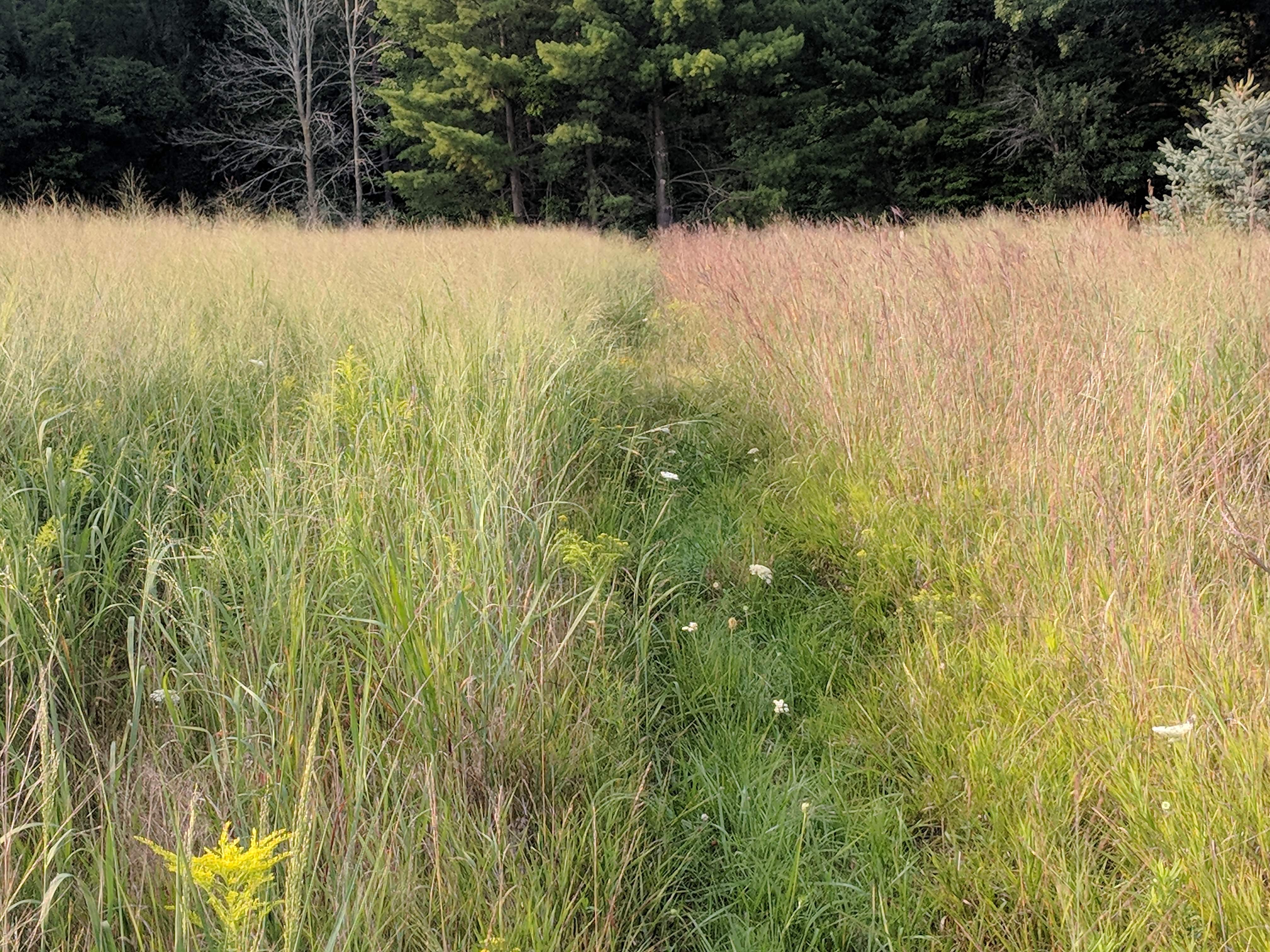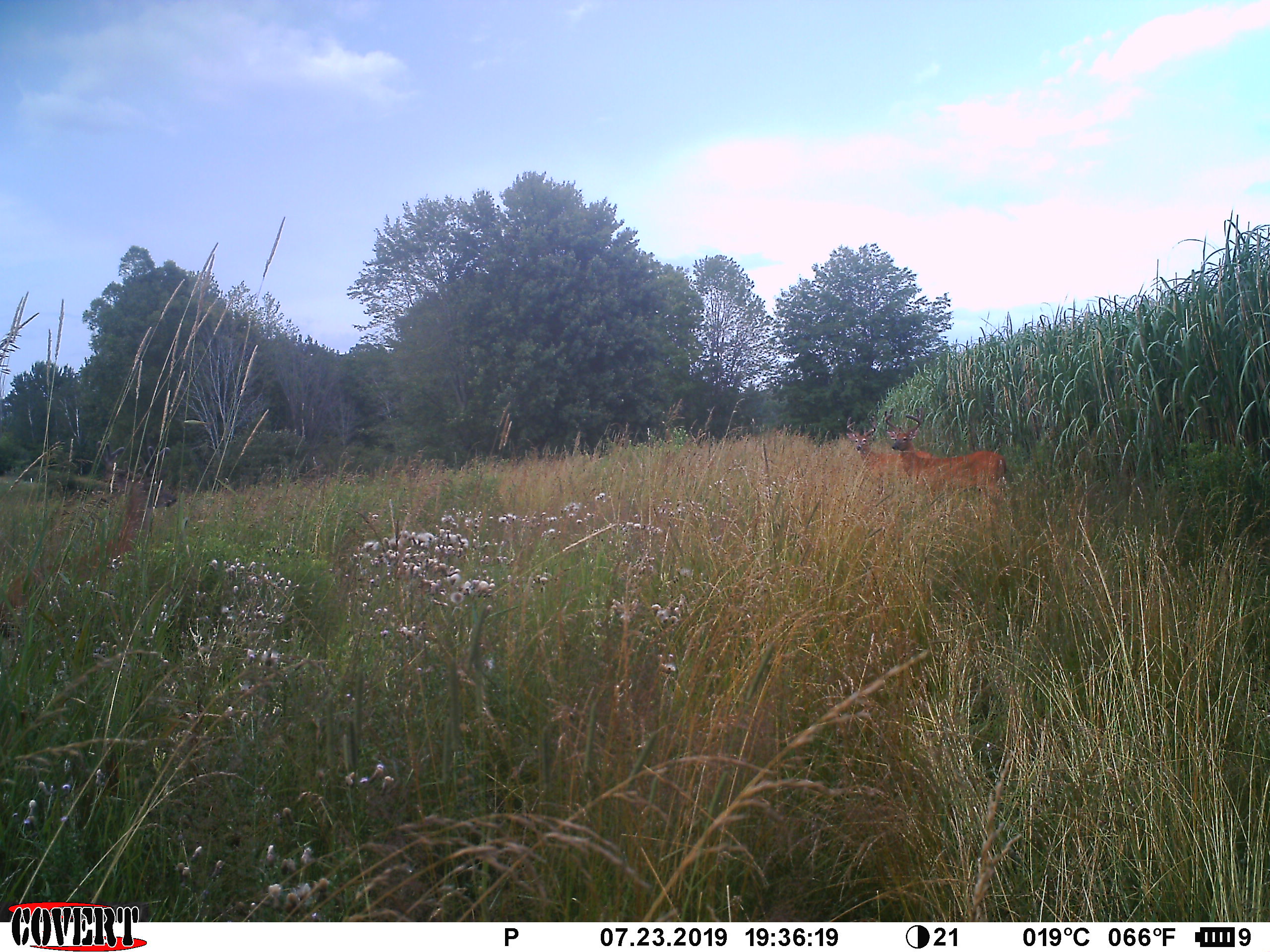Native Hunter
5 year old buck +
Thanks for the info. Do you not burn any of your grass stands ?
I try to burn once every three years. Seems the blackberry briers flourish after a good burn.
Sent from my iPhone using Tapatalk
It's been 9 years and I have never burned - mainly because I'm afraid to, and the way my farm is laid out is not conducive to burning. When I started this I didn't know if I could have anything worthwhile without burning, because that was the cat's meow that everyone talked about. I was inexperienced with NWSGs, but I did have a solid background in farming and felt that I understood plant biology well enough to know that even though burning might be good - it was overrated.
I think I have proven that I can manage a NWSG field using my own methods. My friend at the SCS office tells me that there isn't another stand of native grasses in the state that look any better than mine.
As you pointed out, burning doesn't help with briers. It may make them flourish even more. A nearby friend of mine who does burn is plagued with briers more than me. Mowing them about the time they are blooming doesn't kill them, but it dang sure doesn't do them any good.
All of the expert advice I got in the beginning was almost worthless. They learned in school that fescue was a horrible evil and that was all they could focus on - no one even mentioned briers - it never crossed their minds. Fescue has been the least of my problems, and when I mow in the spring, I keep what little that may still be there from seeding. My management tools are:
Strategically timed mowing
Strategically timed spot spraying
Disking as necessary
Killing what I don't want so that what I do want will flourish
Paying attention to what Paul Knox wrote
There may be better methods, but it beats the useless information I was given by the experts.










